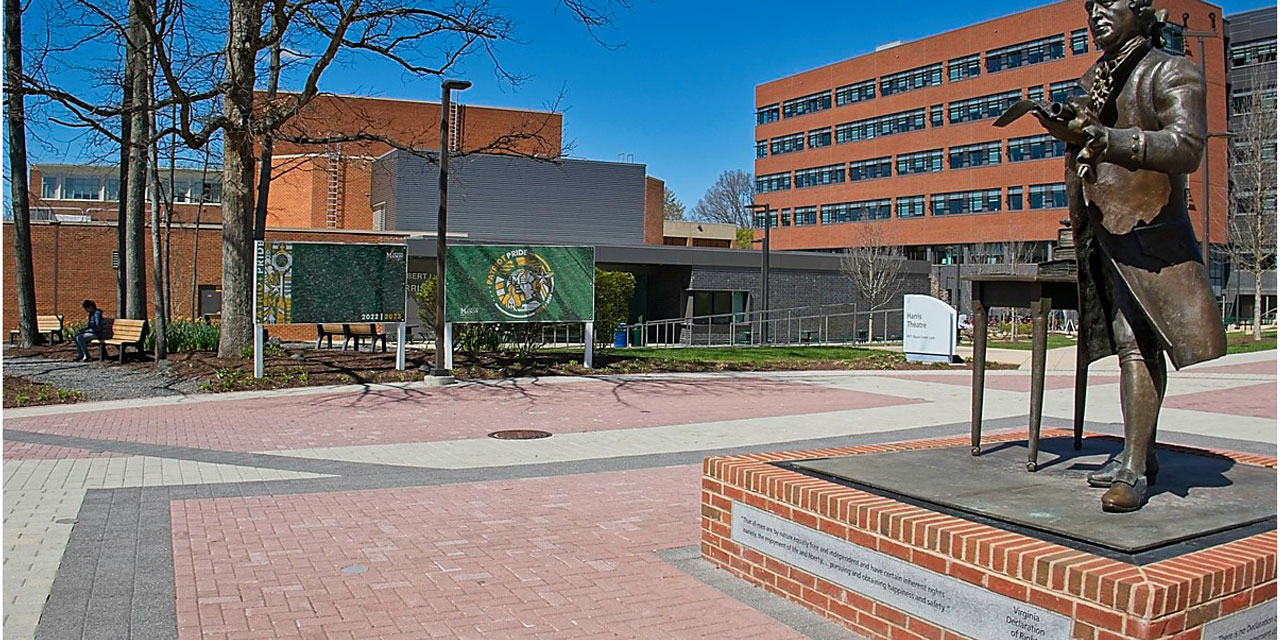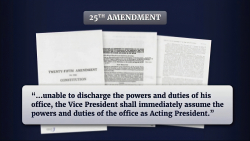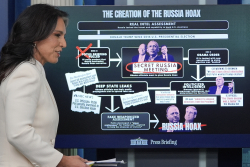
At George Mason University, one faculty search committee assessed each job candidate’s contribution to “diversity”—including, according to an official memo, “demographic diversity.” Another committee scored candidates on, among other factors, his or her interest in “diversity.” A third boasted that it had carefully crafted a job advertisement to signal its desire to make “a diversity hire.”
These were just three examples of a broader diversity-focused hiring push at Virginia’s largest public university. For years, GMU’s College of Humanities and Social Sciences required every search committee to fill out an “inclusive faculty search plan” and a follow-up recruitment report, which had to be approved by both a diversity officer and a dean before the search could progress. That follow-up report required the departments to list the “composition” of their short lists—including the “demographics”—and explain how the committee had evaluated candidates’ “contributions to diversity, equity, and inclusion.”
Finally, a reason to check your email.
Sign up for our free newsletter today.
Through a public records request, I’ve acquired a trove of these plans. The documents, created between roughly 2020 and 2023, reveal university departments’ fixation on race and other identity categories throughout the hiring process. They also shed light on GMU’s hiring practices amid various ongoing legal battles.
Over the past month, the Departments of Justice and Education have launched civil rights investigations into George Mason, one of which centers on alleged hiring discrimination.
The university’s defenders have circled the wagons. George Mason president Gregory Washington issued a statement denying that the university had “discriminated against or excluded anyone.” Virginia’s Senators Tim Kaine and Mark Warner penned a joint op-ed dismissing the investigations as “vague and politically charged.” In the Chronicle of Higher Education, several members of the American Association of University Professors thundered: “This campaign is not about policy. It’s about power.”
The records tell a different story.
Consider, for example, the search committee’s recruiting report for a psychology-professor role. The committee explained that it evaluated its shortlist candidates on three criteria: “overall scholarship,” “primary area of research focus,” and “whether they meet our diversity goals.”
In the same report, the committee all but confirmed that the diversity goals included demographic diversity. The committee affirmed that a DEI committee had reviewed its shortlist and found that the “pool met the requirements for diversity and inclusion.” It then listed “the demographics of our initial list of applicants.”
Another search committee, for a fiction professor, described how it modified the search process to make “a diversity hire.” “The search coordinator researched job announcements from other creative writing programs scouting for language that reflected the committee’s desire to make a diversity hire,” the committee’s search plan noted.
One committee hoped that its hire could better balance the demographic composition of GMU’s faculty. “[T]here is an enormous amount of work to be done in terms of hiring, support of research, spread and support of inclusive teaching, support of underrepresented faculty, and addressing structural exclusions within philosophical discourse,” a philosophy-professor search committee explained. “We see this hire as one way we can support and foreground those efforts at GMU.”
Title VII of the Civil Rights Act of 1964 prohibits discrimination in hiring. Yet, many search committees at George Mason showed little awareness that tipping the scale toward “underrepresented” groups might raise red flags.
One committee touted its past success in diverse hiring. “[W]e are making some progress with regard to recruiting faculty of color,” a search committee for a professor of journalism noted, pointing to its recent “diversity cluster hires” as examples of its efforts. “The searches concluded with the hiring of two excellent scholars of color.”
Several committees went out of their way to highlight the minority status of their preferred candidates. A committee searching for a communications hire, for example, noted that of the nine finalists, “three were female and six were male. In terms of race and ethnicity of the interviewees, we had six White, one Black, one Asian and one Hispanic.” The report added, “One interviewee identified himself as gay during the interview.”
In effect, the College of Humanities and Social Sciences’ required paperwork seemed to encourage committees to pay outsize attention to preferred applicants’ demographic data. An English search committee wrote, “Our first short list consisted of eight candidates: seven women of color, five of whom identify as African American, one as Palestinian American, and one as Iranian American; and a Korean American man.”
These answers should have been red flags to any administrator. Administrators also should have balked when departments distorted the job descriptions for faculty roles and the associated assessment criteria.
In a search for a professor of professional and technical writing, for example, one committee explained that it added to the job description the need for a candidate familiar with “the current social justice turn, critical race theory, anti-racist pedagogy, queer theory, and/or indigenous methods and analytical approaches.” It’s not clear what, exactly, those subjects have to do with technical writing.
Another committee even admitted that it favored candidates committed to “diversity,” even if they had weaker resumes. “The committee took into account ‘commitment to diversity’ very seriously,” the report noted. “[C]andidates with relatively weaker research profiles (or from less well-known educational institutions or less conventional career paths) were appreciated if they demonstrated a strong commitment to diversity in their teaching, mentorship, and research.”
Hiring practices like these, which value race and social justice over the pursuit of truth, lie at the root of Americans’ distrust of higher education. The George Mason documents suggest that, far from being a “vague and politically charged” attack on an undeserving target, investigations into the university’s conduct are wholly justified.
Photo by: Robert Knopes/UCG/Universal Images Group via Getty Images
Source link
















